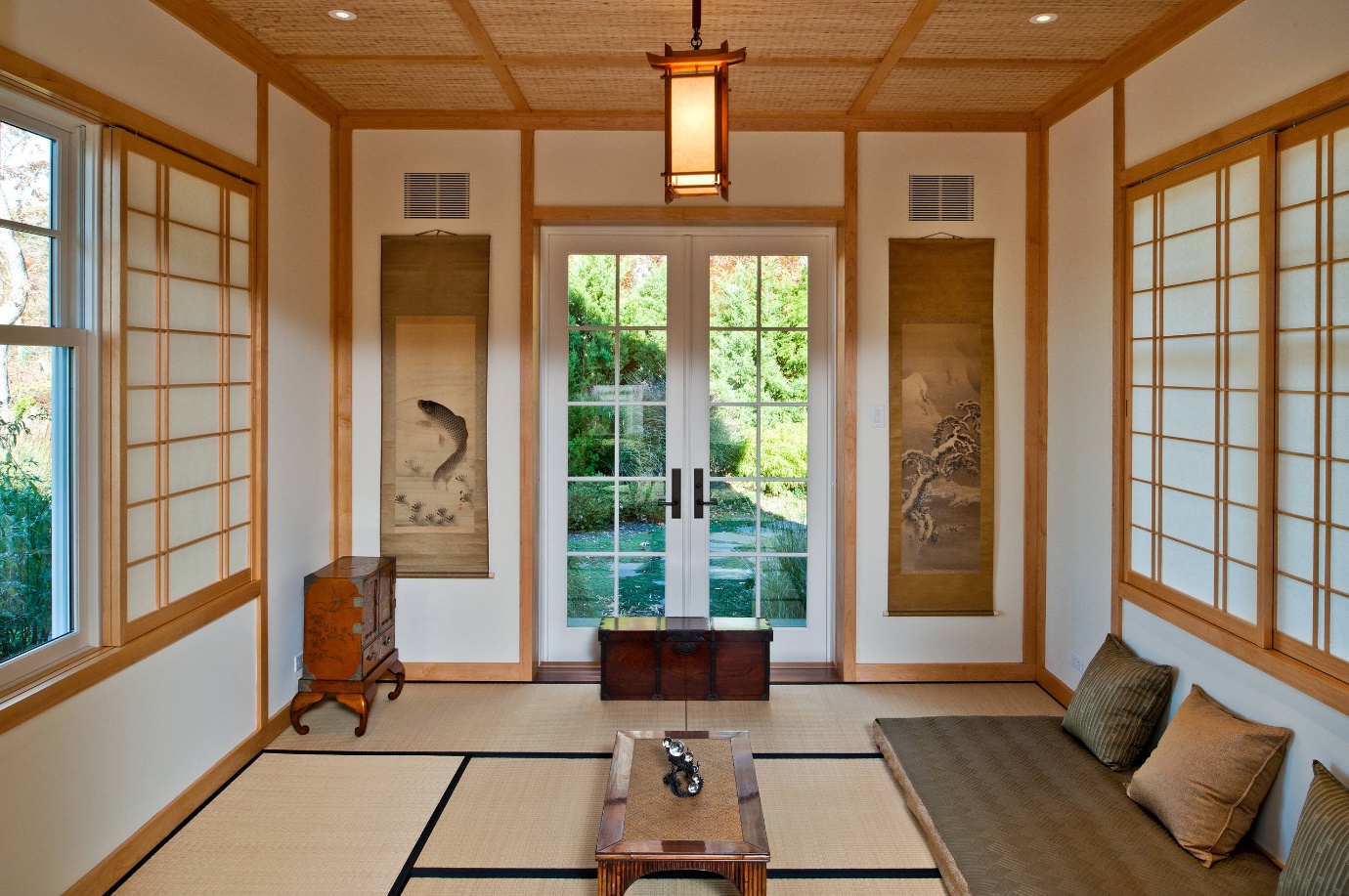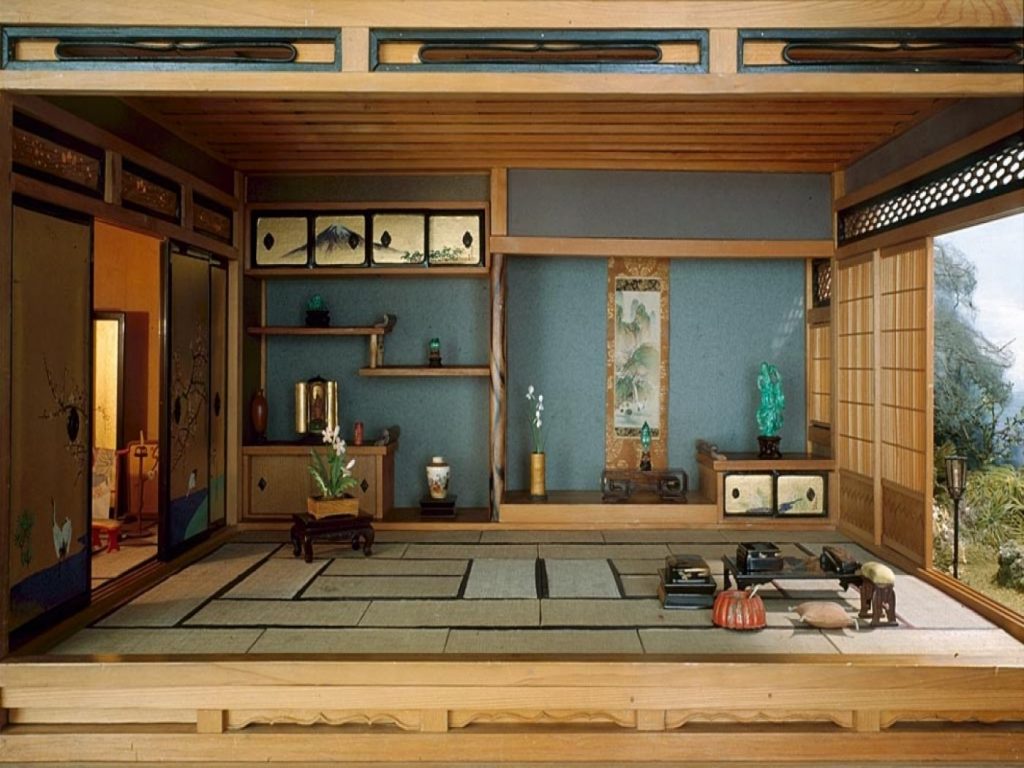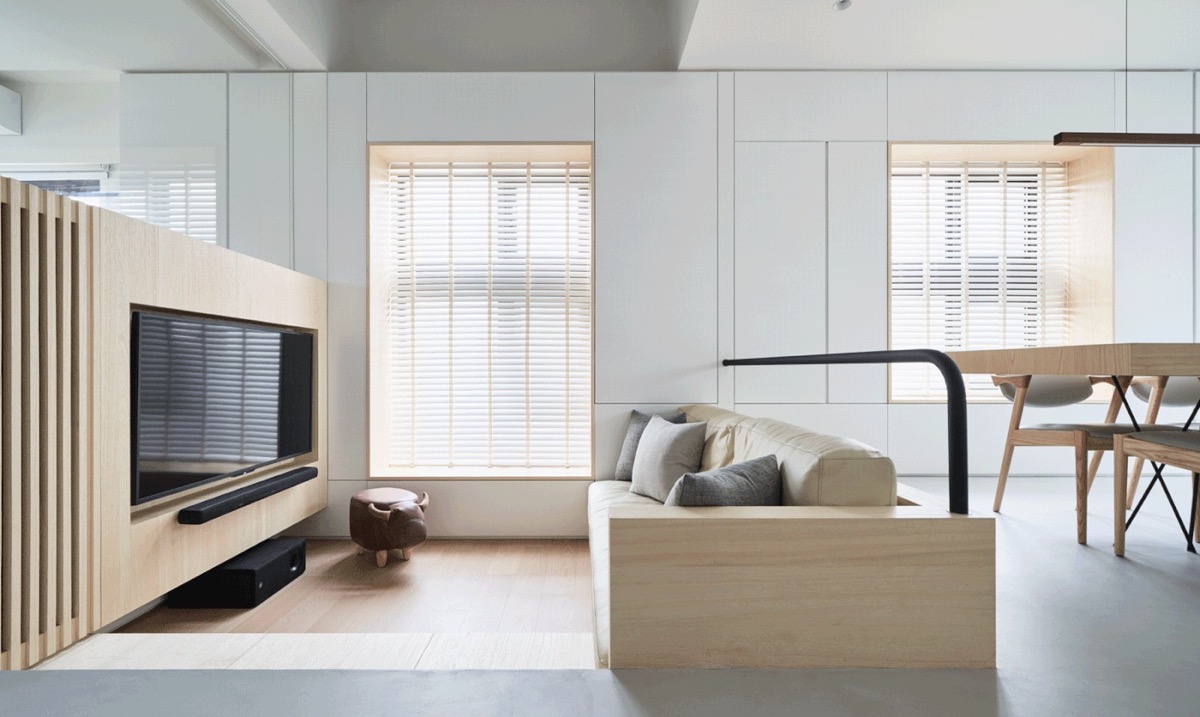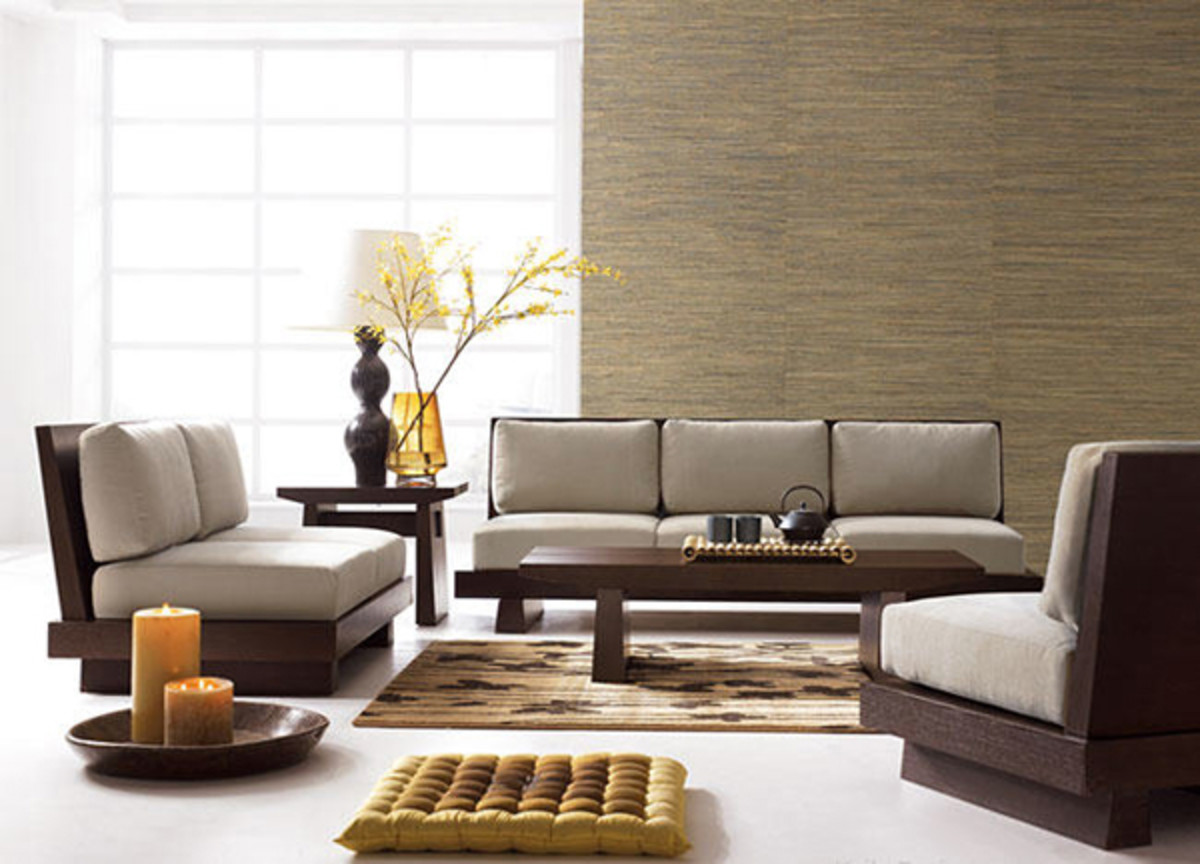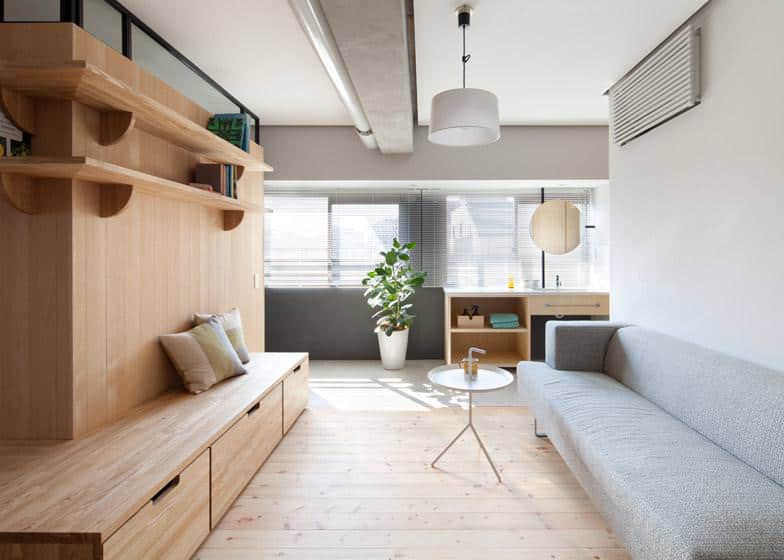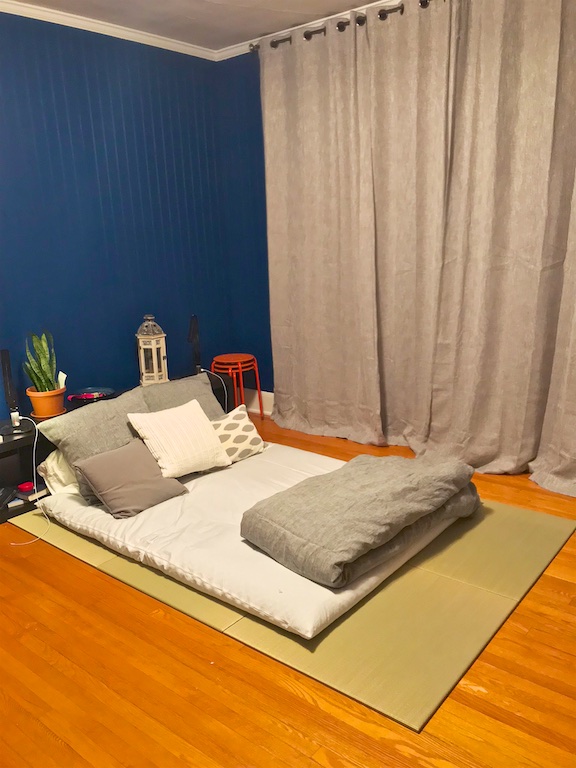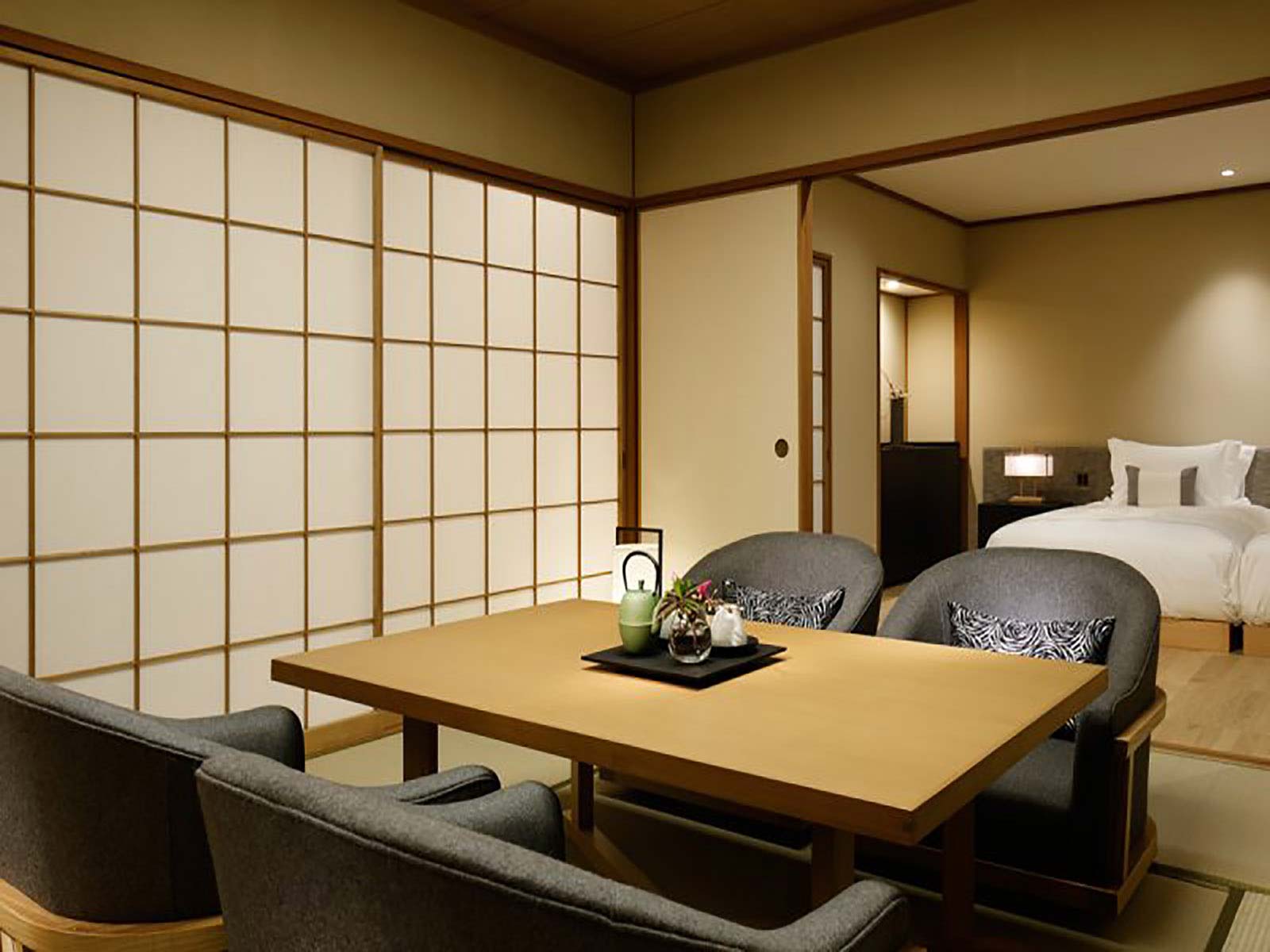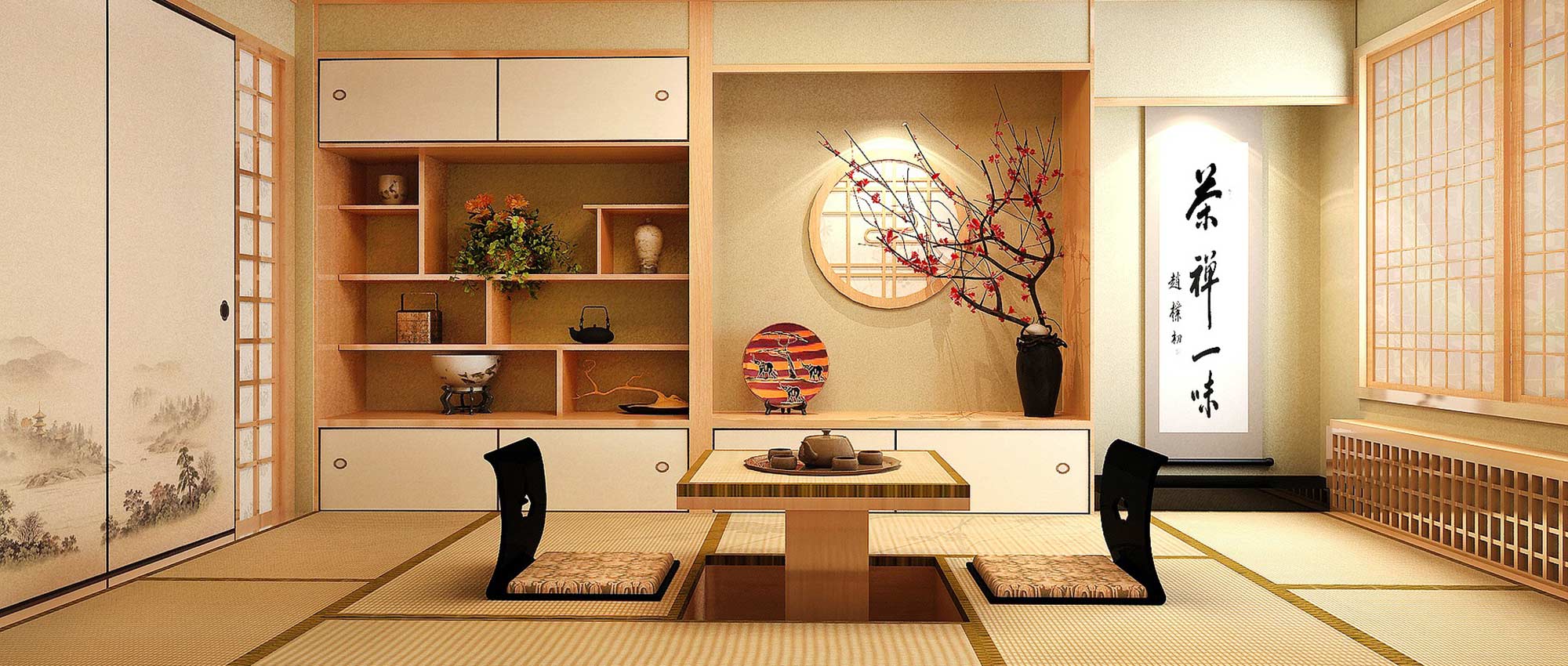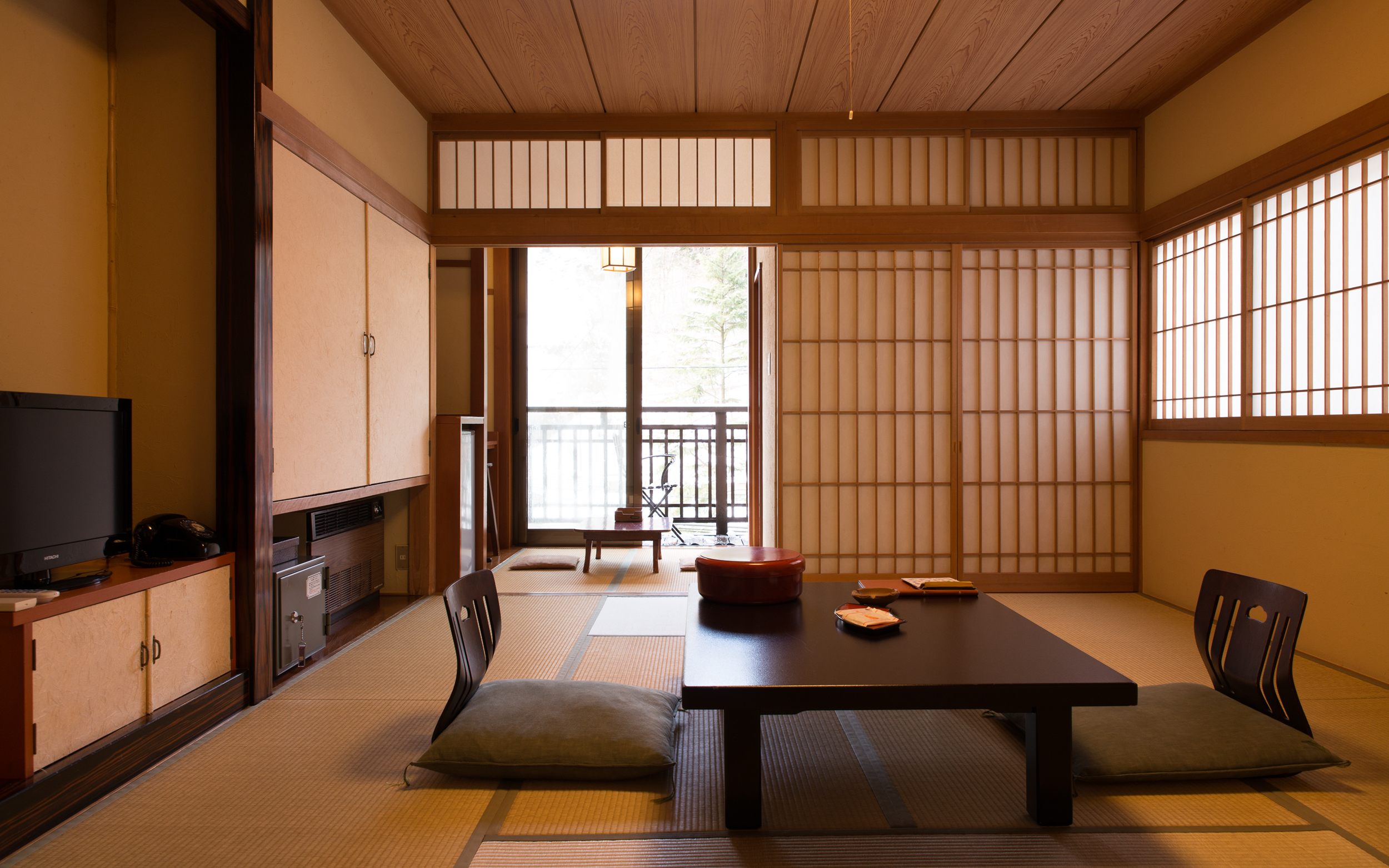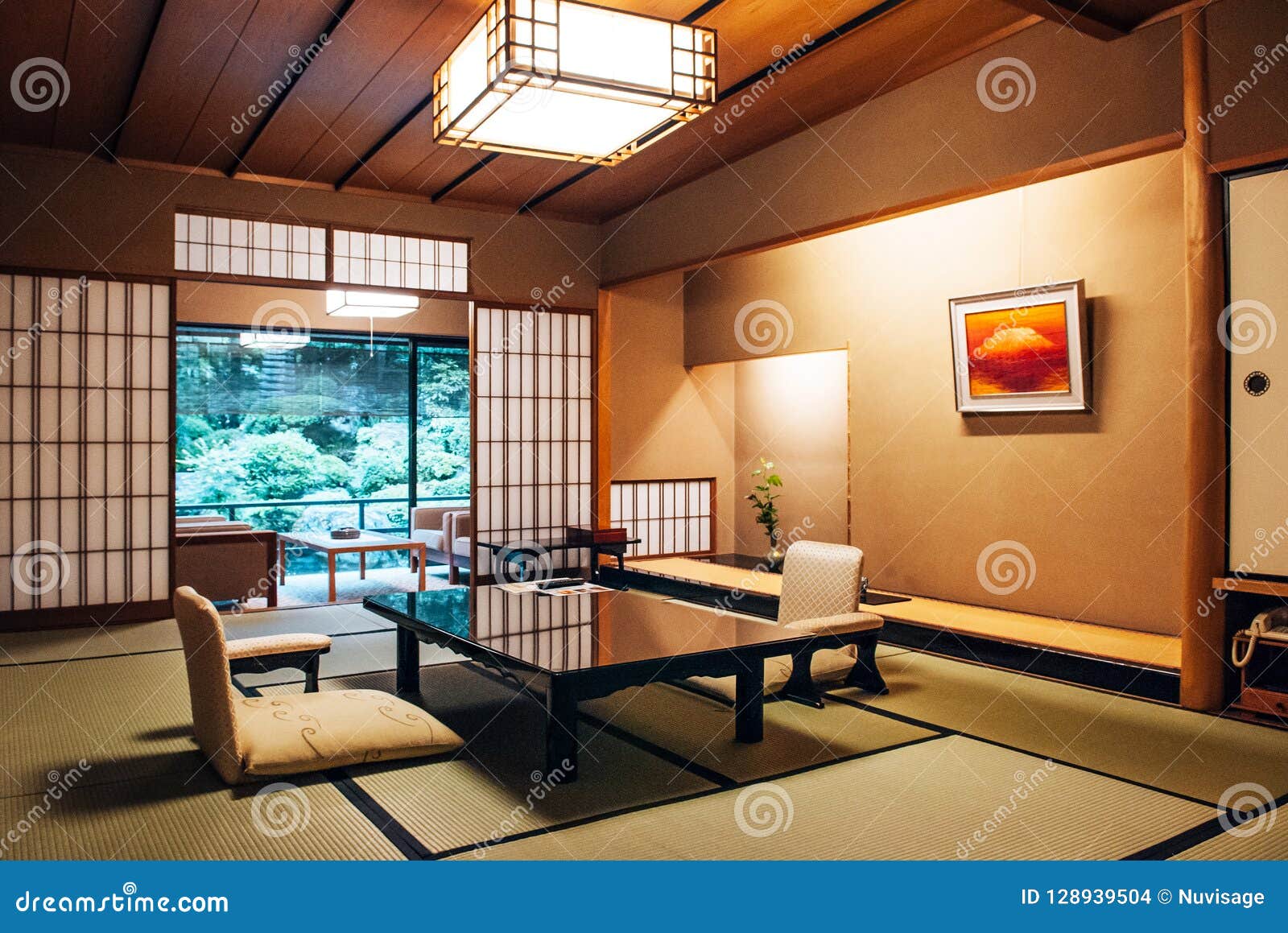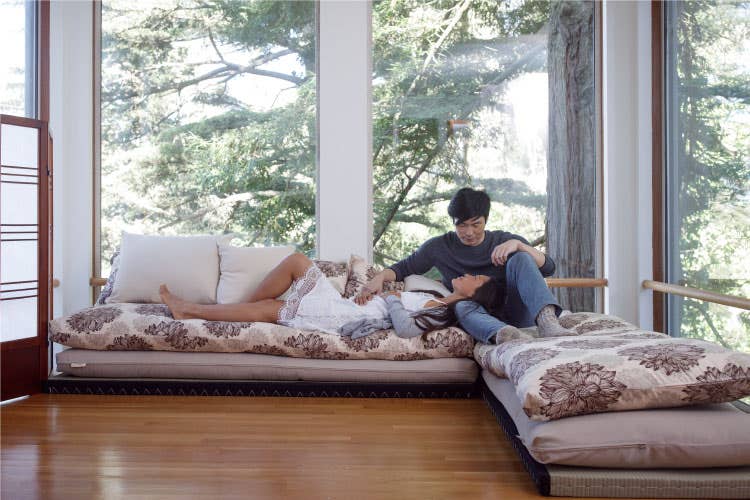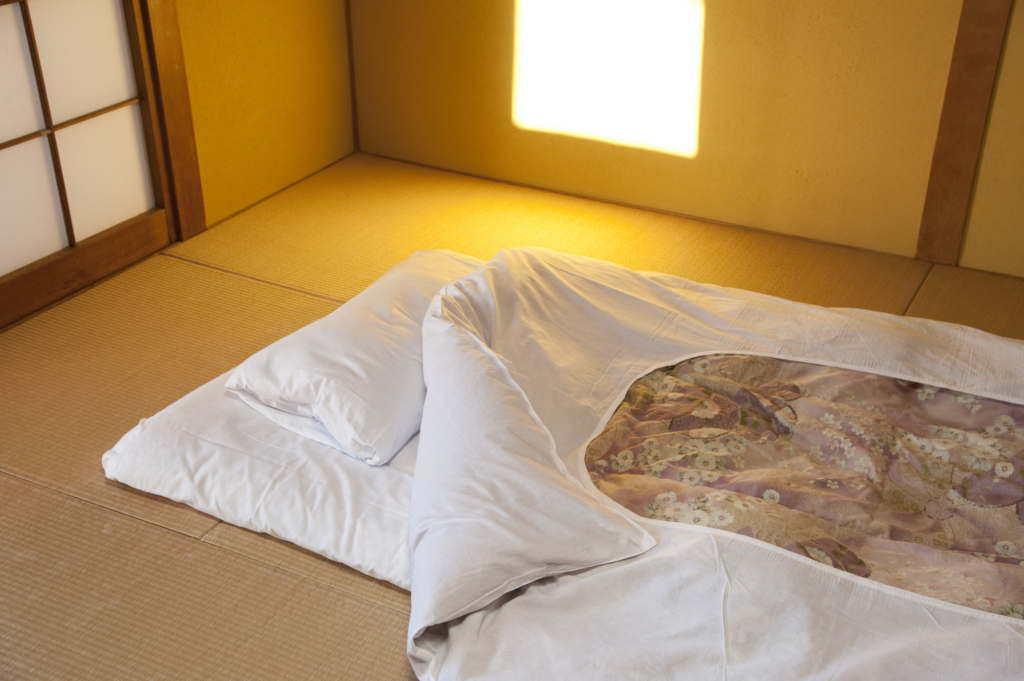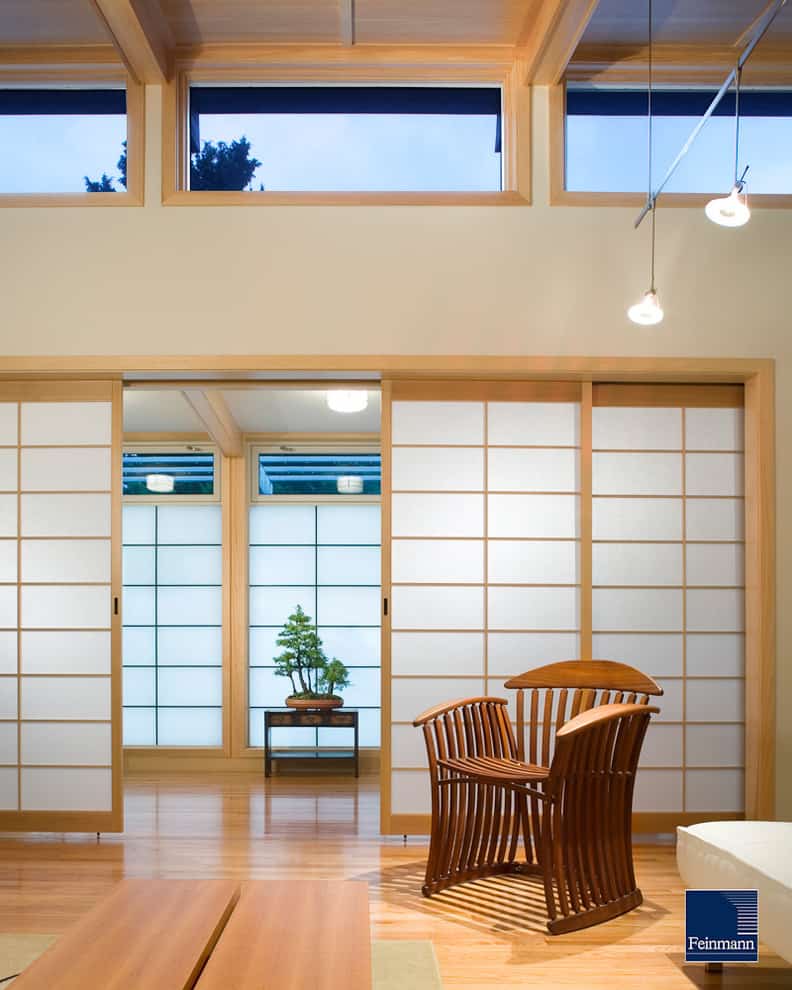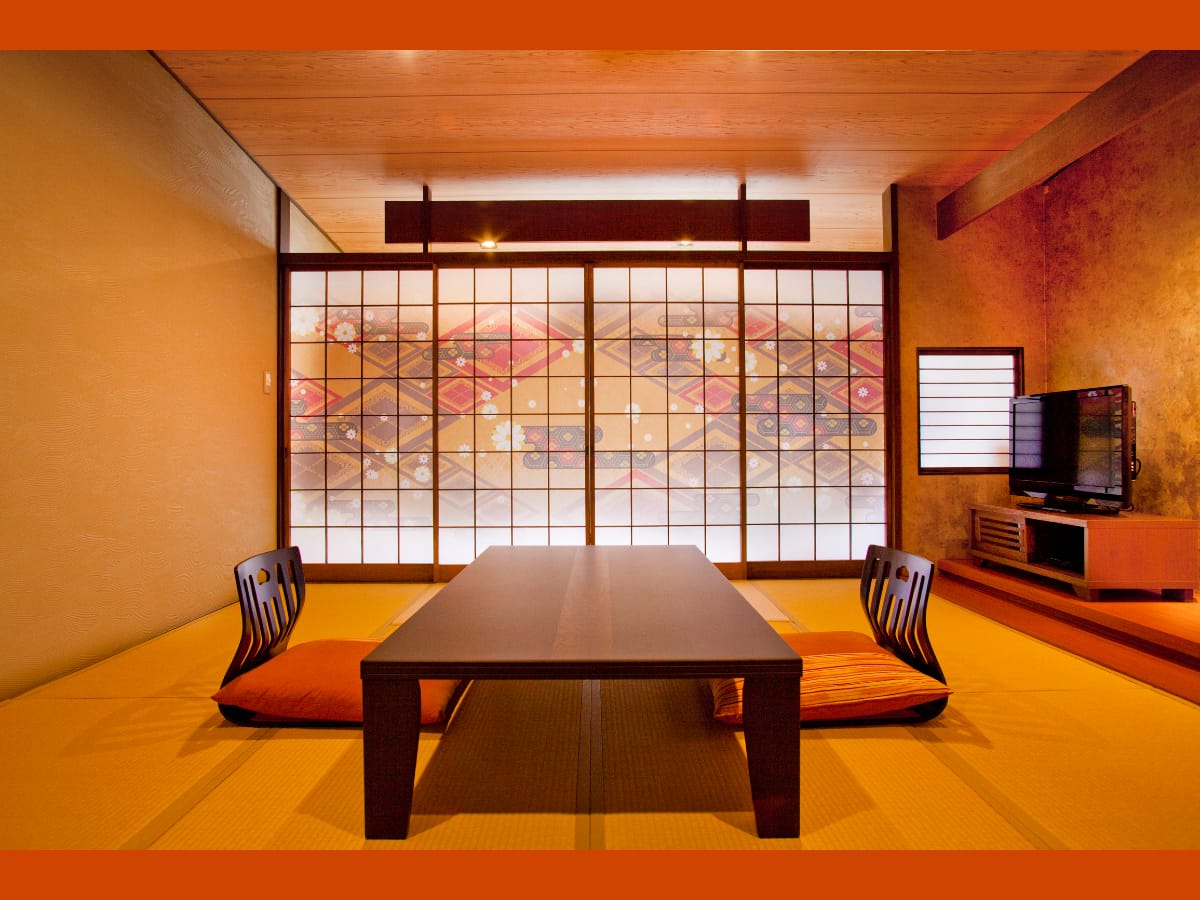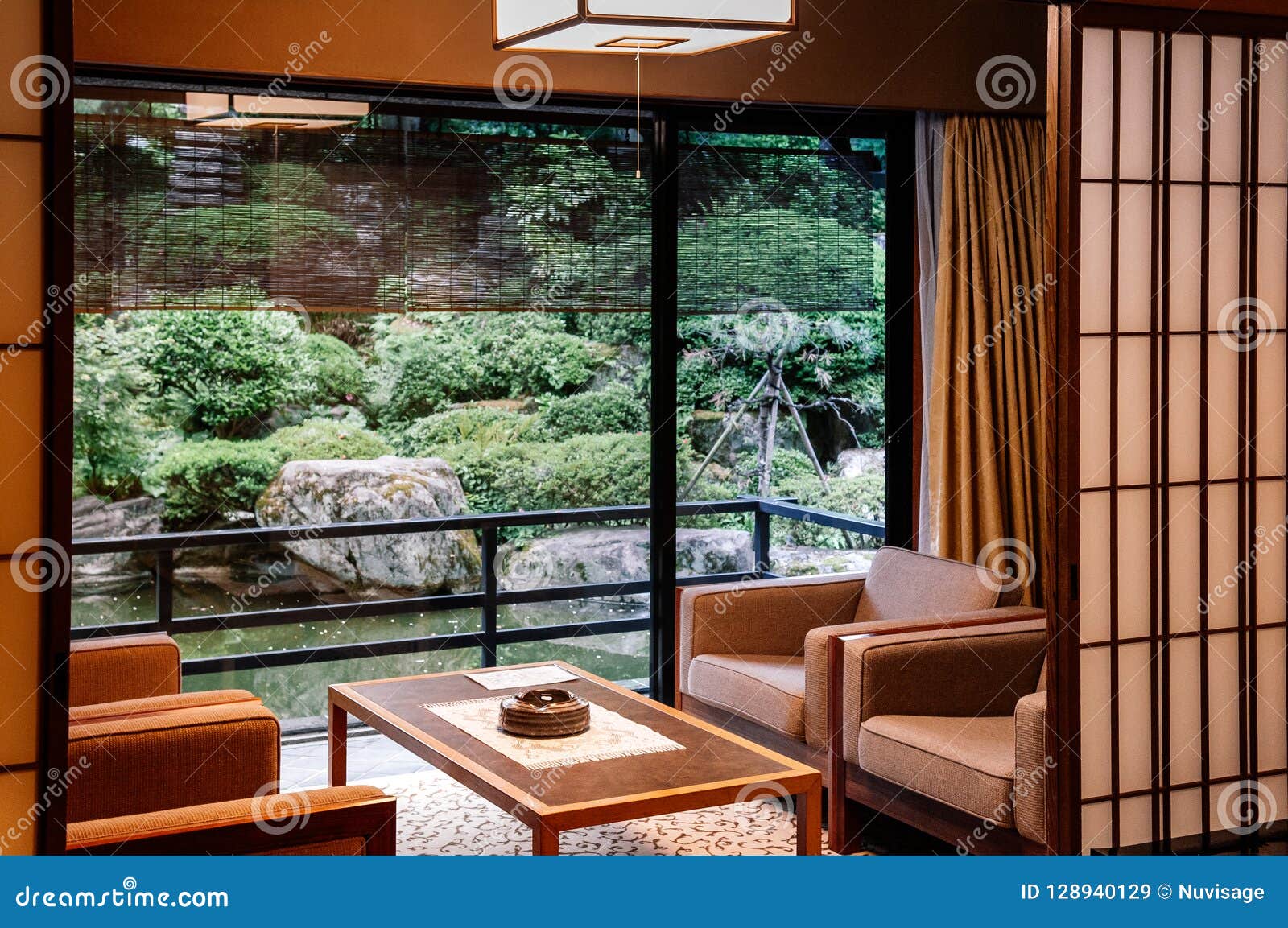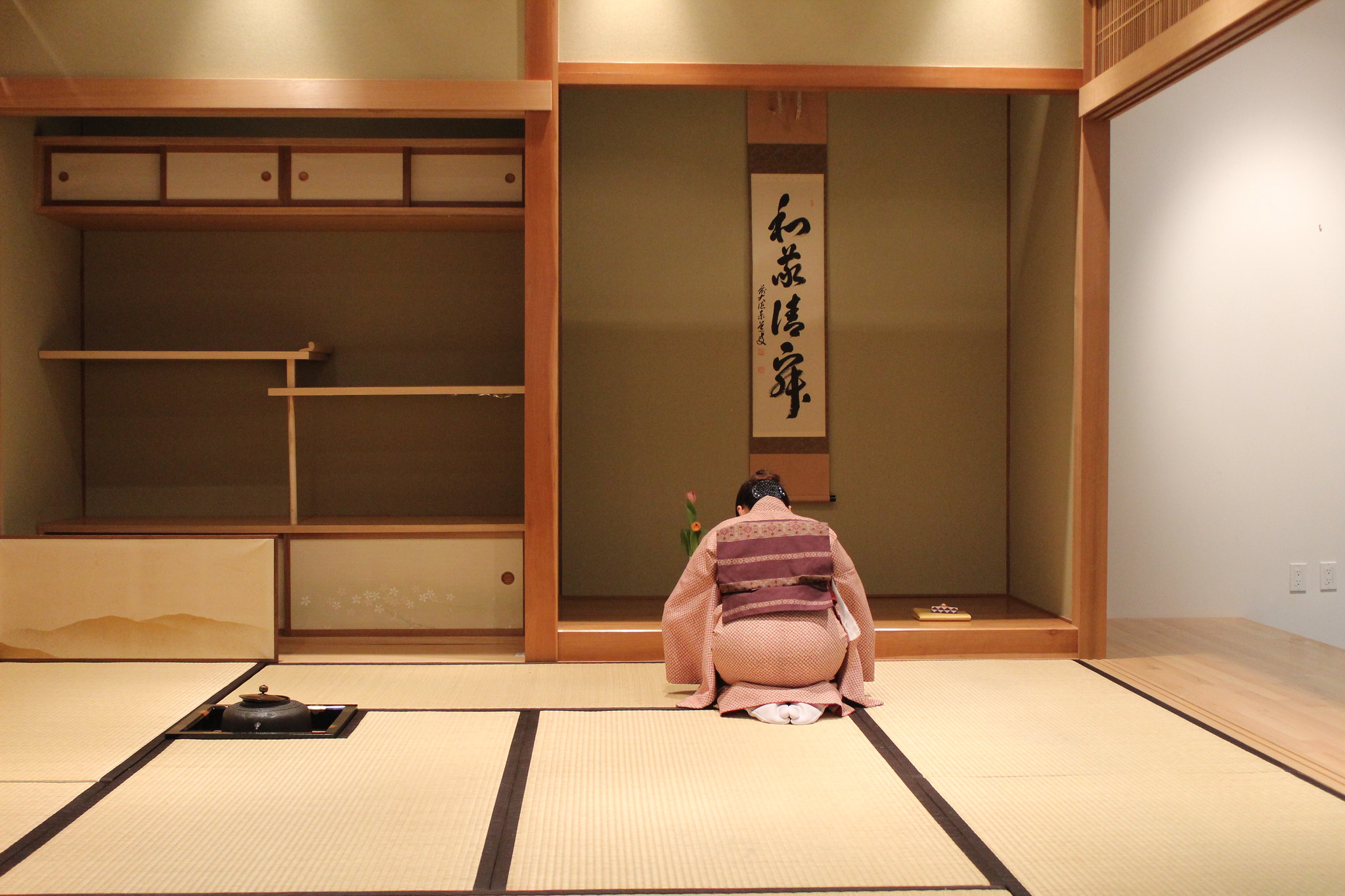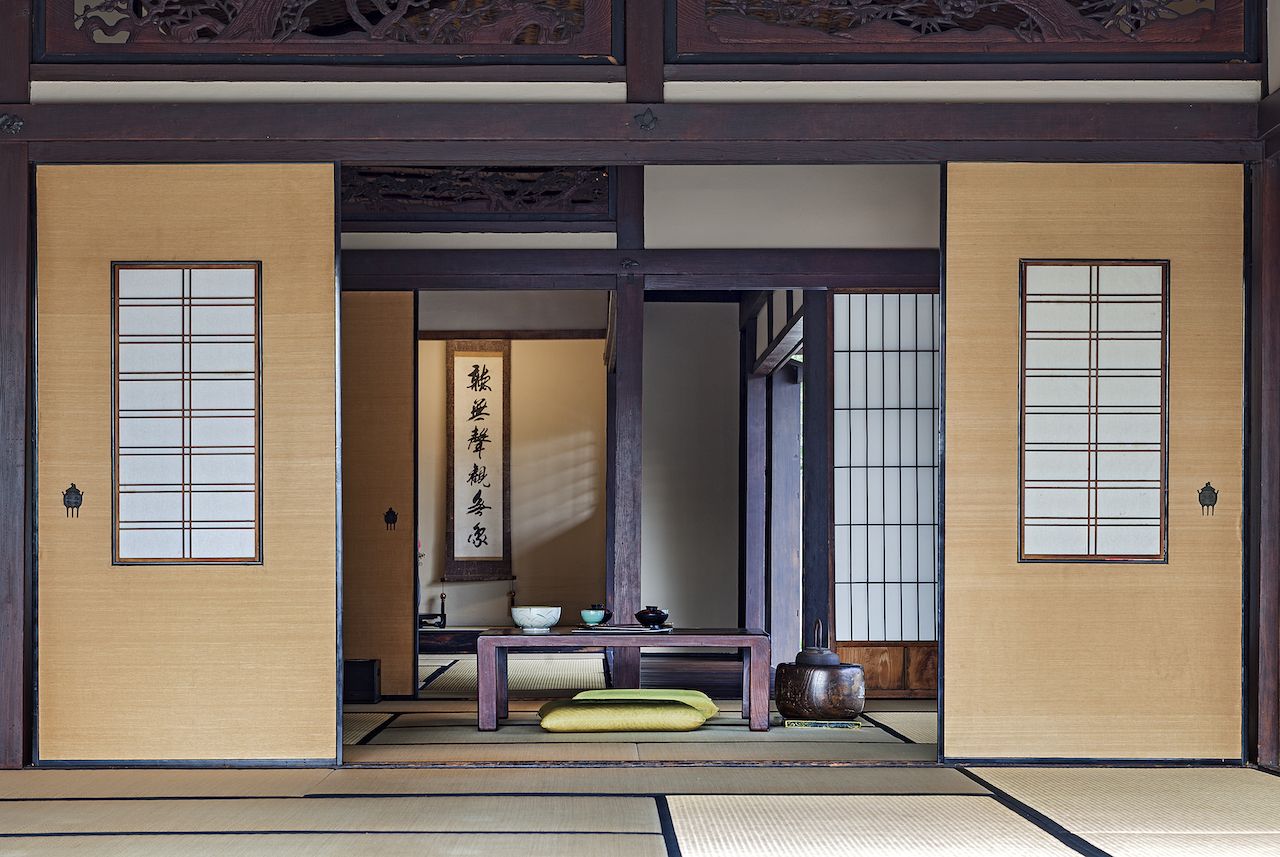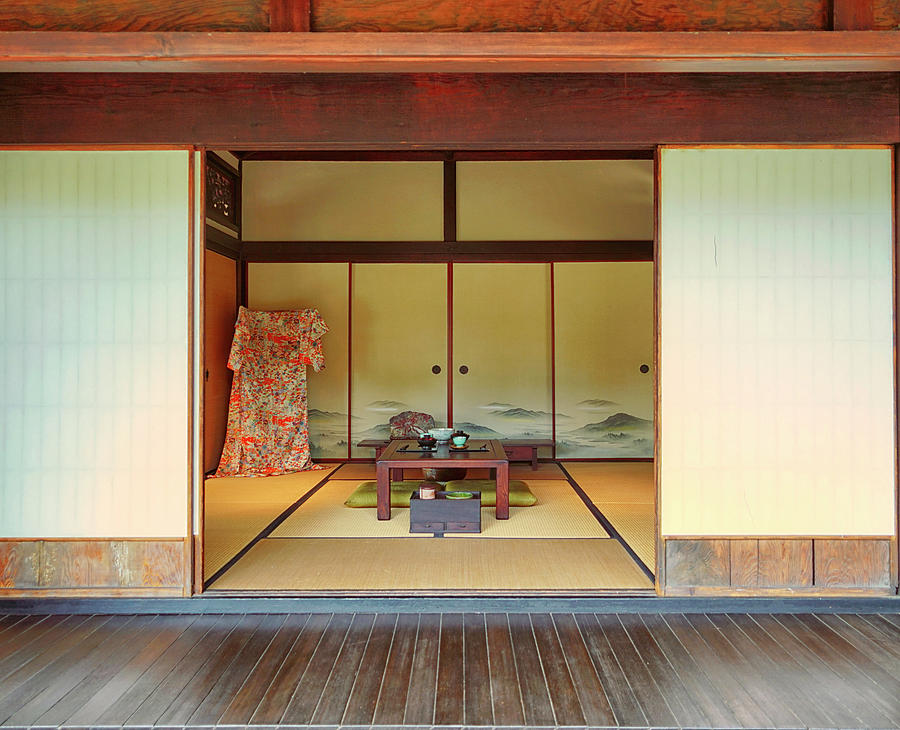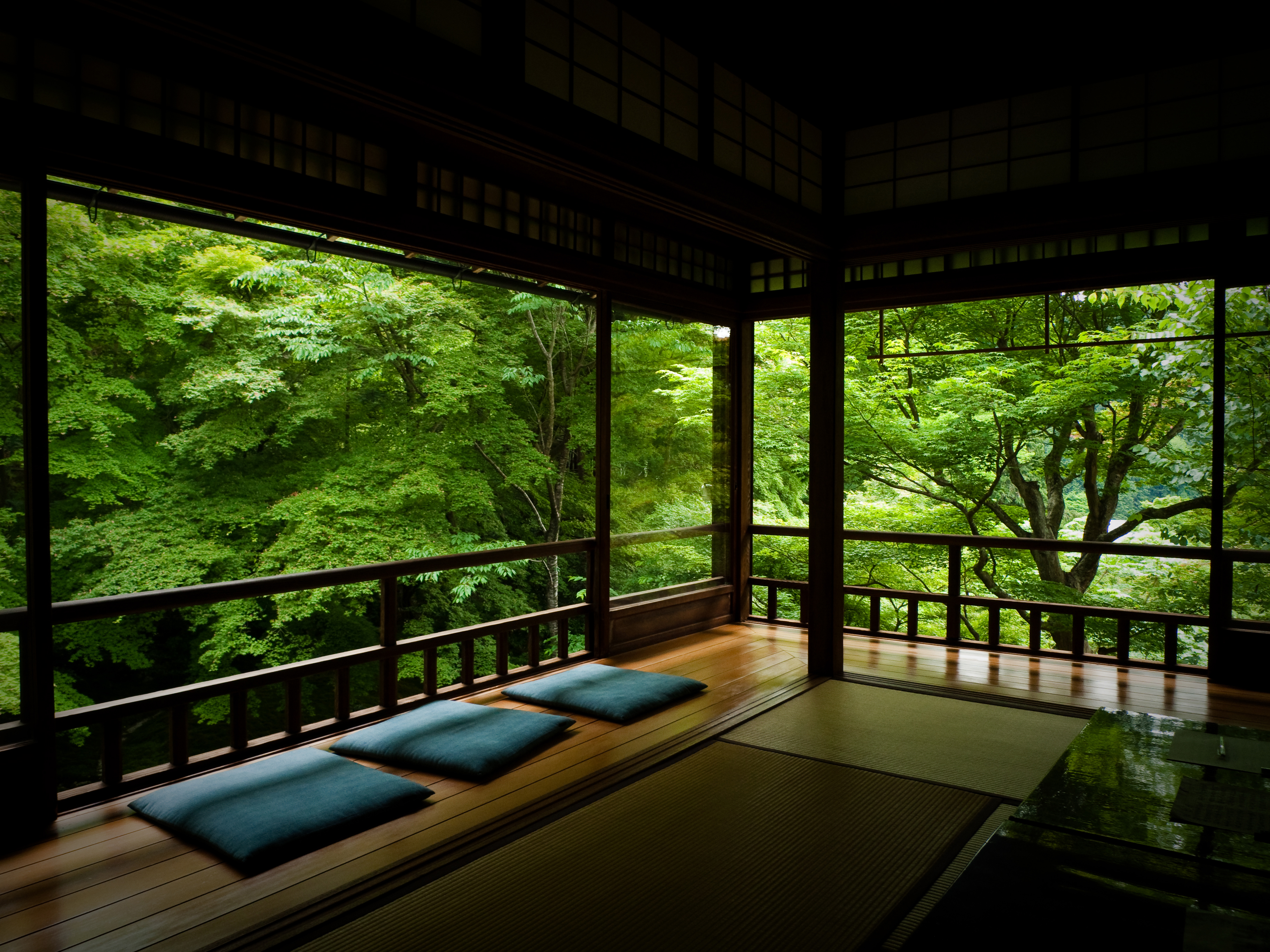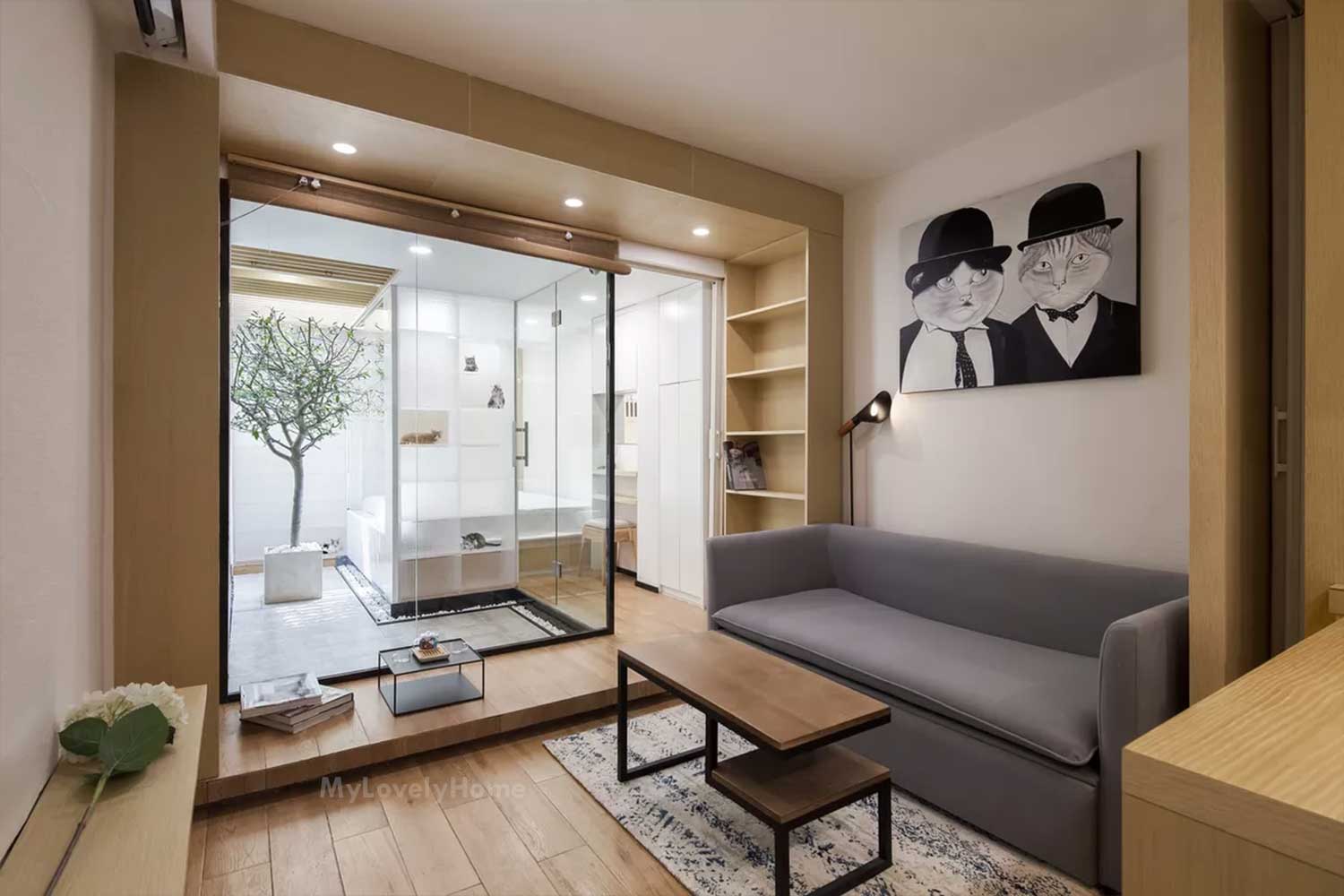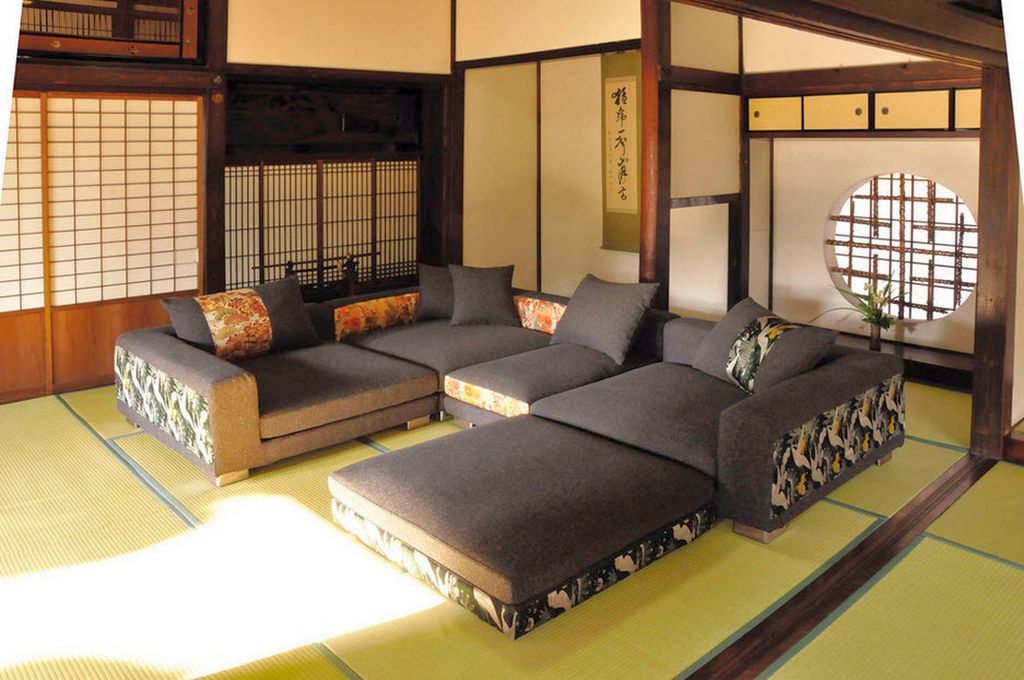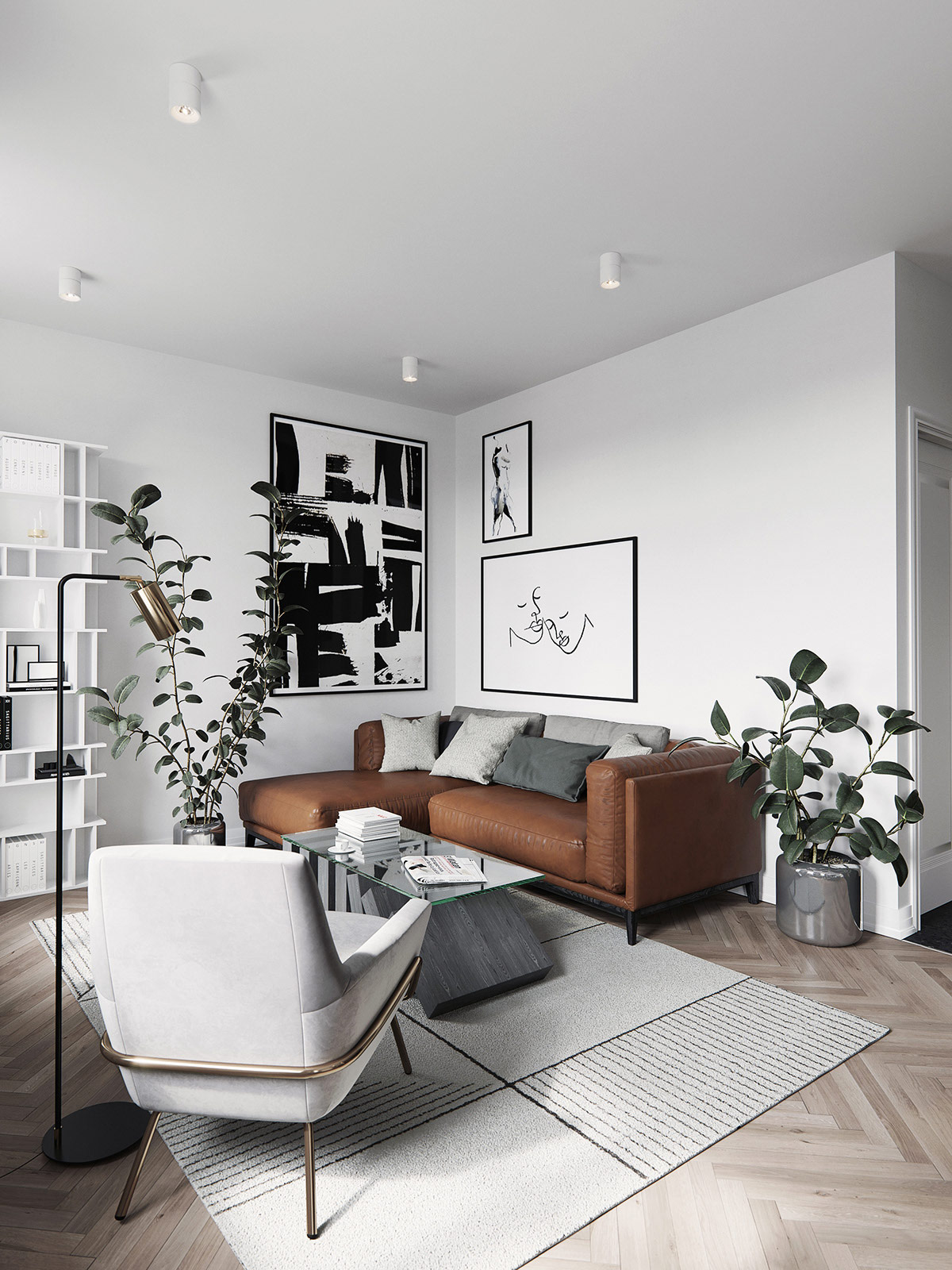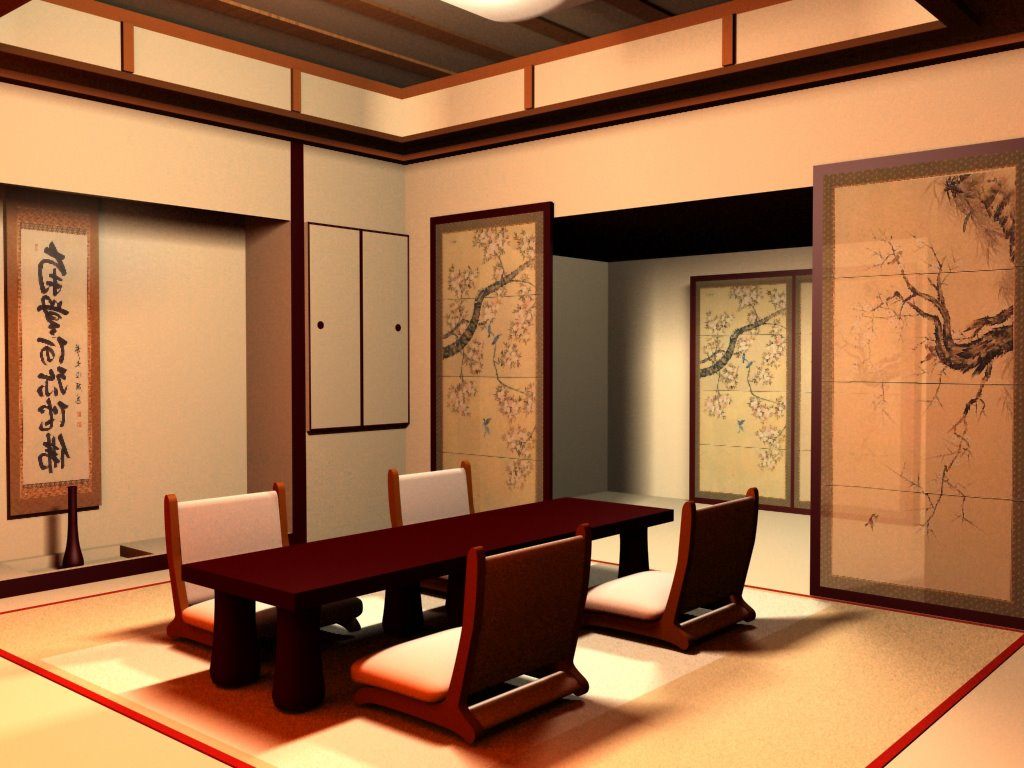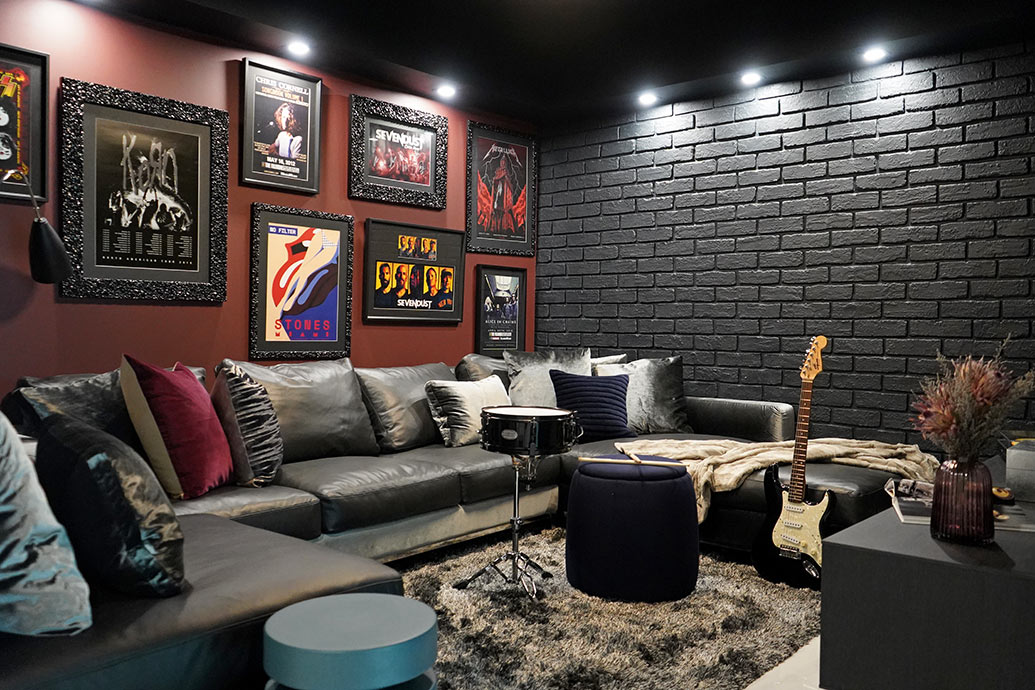If you're looking to add a touch of elegance and serenity to your living room, why not take inspiration from traditional Japanese design? With its clean lines, natural elements, and focus on minimalist living, Japanese-style living rooms are the perfect combination of style and functionality. Here are 10 design ideas to help you create your own beautiful and tranquil Japanese living room.Japanese-style living room design ideas
The key to achieving a traditional Japanese living room is simplicity. Choose a neutral color palette, such as shades of beige, white, and gray, and incorporate natural materials like bamboo, wood, and stone. Add shoji screens to separate different areas of the room and create a sense of privacy. Keep furniture to a minimum and opt for low seating, like floor cushions or a zabuton, for a more authentic feel.Traditional Japanese living room decor
In Japanese culture, less is often more. Embrace the concept of ma, which translates to "empty space," and create a minimalist living room that feels open and uncluttered. Choose a few statement pieces, such as a tokonoma alcove or a large piece of artwork, and let them stand out against a backdrop of clean, unadorned walls.Minimalist Japanese living room
In a traditional Japanese home, the living room is often covered in tatami mats. These woven straw mats not only add a natural element to the room but also provide a comfortable and soft surface for sitting and relaxing. Consider incorporating tatami mats into your living room design for a truly authentic Japanese feel.Tatami mat living room
In Japanese homes, futons are commonly used for sleeping, but they can also be incorporated into the living room for seating. A futon sofa, which can be folded up and put away when not in use, is a great option for smaller living spaces. Look for a futon with a simple design and neutral color to fit in with the Japanese aesthetic.Futon sofa in Japanese living room
Japanese design is heavily influenced by Zen philosophy, which emphasizes finding peace and harmony in simplicity. To create a Zen-inspired living room, incorporate elements like natural light, indoor plants, and a tranquil color scheme. You can also add a tokonoma, a small alcove typically used to display a piece of art or a flower arrangement, as a focal point in the room.Zen living room in Japan
In Japanese homes, fusuma and shoji sliding doors are commonly used to separate rooms and create flexible spaces. Incorporating these sliding doors into your living room design can add a touch of traditional Japanese charm. Opt for paper shoji doors for a more delicate and tranquil feel or wooden fusuma doors for a more substantial and modern look.Japanese sliding doors in living room
In Japanese culture, tea ceremonies are a treasured tradition and often take place in a dedicated chashitsu, or tea room. You can incorporate this element into your living room by creating a small tea room area with a low table and floor cushions. This is a great way to add a touch of authenticity and relaxation to your living space.Japanese tea room in living room
If you're not ready to fully commit to a Japanese-style living room, you can still incorporate elements of Japanese design through furniture and decor. Look for pieces with clean lines, natural materials, and a minimalist aesthetic. Consider adding a chabudai, a low dining table, to your living room for a unique and versatile piece of furniture.Japanese-inspired living room furniture
When it comes to Japanese interior design, it's all about creating a balance between functionality and aesthetics. Keep this in mind when designing your living room and focus on incorporating natural elements, simple and clean lines, and a harmonious color scheme. And remember, the key to a successful Japanese living room is to keep things simple and authentic.Japanese living room interior design
The Perfect Blend of Tradition and Modernity in the Japan House Living Room

Experience the Serenity and Harmony of Japanese Design
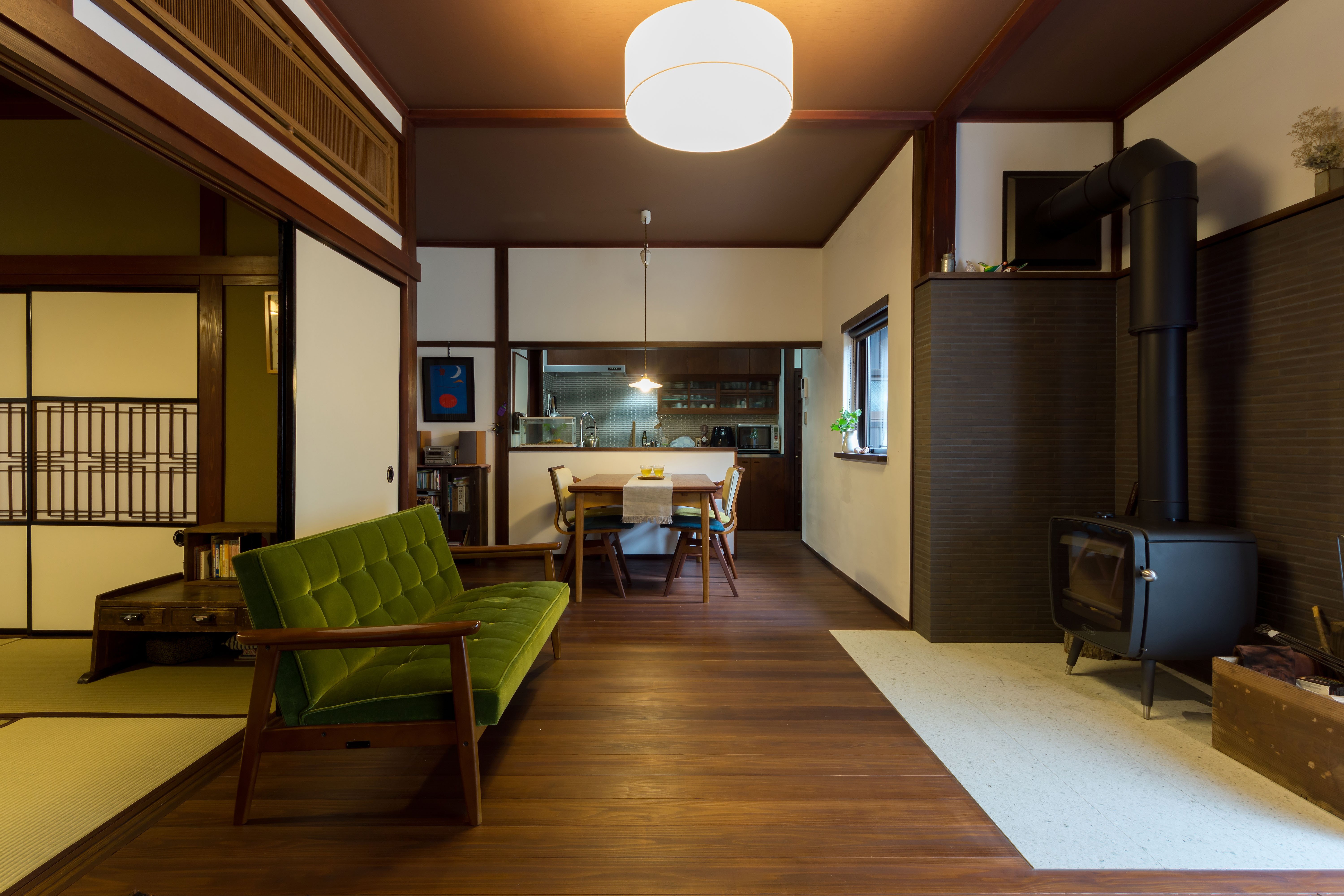 The
Japan House Living Room
is a perfect representation of the country's rich cultural heritage and its embrace of modern design. The Japanese have always been known for their impeccable sense of aesthetics, and their
house designs
are no exception. The
living room
is a vital part of every Japanese home, and it serves as the heart of the house where the family comes together to relax and bond.
The
Japan House Living Room
is a perfect representation of the country's rich cultural heritage and its embrace of modern design. The Japanese have always been known for their impeccable sense of aesthetics, and their
house designs
are no exception. The
living room
is a vital part of every Japanese home, and it serves as the heart of the house where the family comes together to relax and bond.
An Inviting and Serene Atmosphere
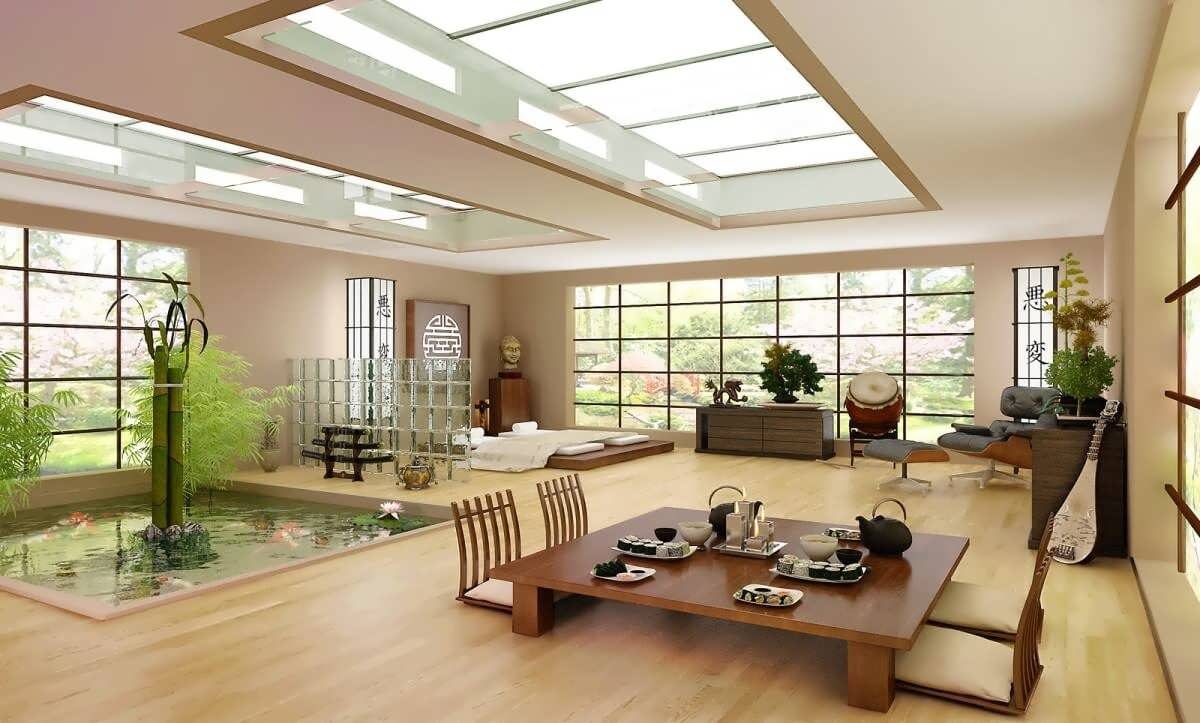 The
Japan House Living Room
exudes a sense of serenity and tranquility, with its minimalist and clean design. The concept of
wabi-sabi
, which celebrates imperfections and the beauty of simplicity, is evident in every aspect of the
living room
. The use of natural materials such as wood, bamboo, and paper creates a warm and inviting atmosphere, making it the perfect place to unwind after a long day.
The
Japan House Living Room
exudes a sense of serenity and tranquility, with its minimalist and clean design. The concept of
wabi-sabi
, which celebrates imperfections and the beauty of simplicity, is evident in every aspect of the
living room
. The use of natural materials such as wood, bamboo, and paper creates a warm and inviting atmosphere, making it the perfect place to unwind after a long day.
Embracing Nature Indoors
 Nature plays a significant role in Japanese culture and is often reflected in their
house design
. In the
Japan House Living Room
, you will find large windows that offer stunning views of the surrounding landscape, bringing the outdoors inside. The use of
zen gardens
and
bonsai trees
also adds a touch of nature to the
living room
, creating a harmonious and peaceful environment.
Nature plays a significant role in Japanese culture and is often reflected in their
house design
. In the
Japan House Living Room
, you will find large windows that offer stunning views of the surrounding landscape, bringing the outdoors inside. The use of
zen gardens
and
bonsai trees
also adds a touch of nature to the
living room
, creating a harmonious and peaceful environment.
Merging Traditional and Modern Elements
 One of the most striking features of the
Japan House Living Room
is the perfect blend of tradition and modernity. While traditional elements such as
tatami mats
and
shoji screens
are still prevalent, they are seamlessly integrated with modern furniture and technology. This combination creates a unique and functional space that is both visually appealing and practical for modern living.
One of the most striking features of the
Japan House Living Room
is the perfect blend of tradition and modernity. While traditional elements such as
tatami mats
and
shoji screens
are still prevalent, they are seamlessly integrated with modern furniture and technology. This combination creates a unique and functional space that is both visually appealing and practical for modern living.
A Space for Reflection and Connection
 In Japanese culture, the
living room
is not just a place for relaxation, but also for reflection and connection. It is a space where family members can come together and engage in meaningful conversations or enjoy a cup of tea while admiring the beauty of their surroundings. The
Japan House Living Room
perfectly embodies this concept, making it a truly special and integral part of Japanese
house design
.
In Japanese culture, the
living room
is not just a place for relaxation, but also for reflection and connection. It is a space where family members can come together and engage in meaningful conversations or enjoy a cup of tea while admiring the beauty of their surroundings. The
Japan House Living Room
perfectly embodies this concept, making it a truly special and integral part of Japanese
house design
.
In Conclusion
 The
Japan House Living Room
is more than just a room in a house; it is a reflection of Japanese culture and values. Its serene and harmonious atmosphere, the perfect marriage of tradition and modernity, and its role as a space for reflection and connection make it a truly unique and beautiful
house design
. So, if you want to experience the essence of Japanese living, the
Japan House Living Room
is the perfect place to start.
The
Japan House Living Room
is more than just a room in a house; it is a reflection of Japanese culture and values. Its serene and harmonious atmosphere, the perfect marriage of tradition and modernity, and its role as a space for reflection and connection make it a truly unique and beautiful
house design
. So, if you want to experience the essence of Japanese living, the
Japan House Living Room
is the perfect place to start.


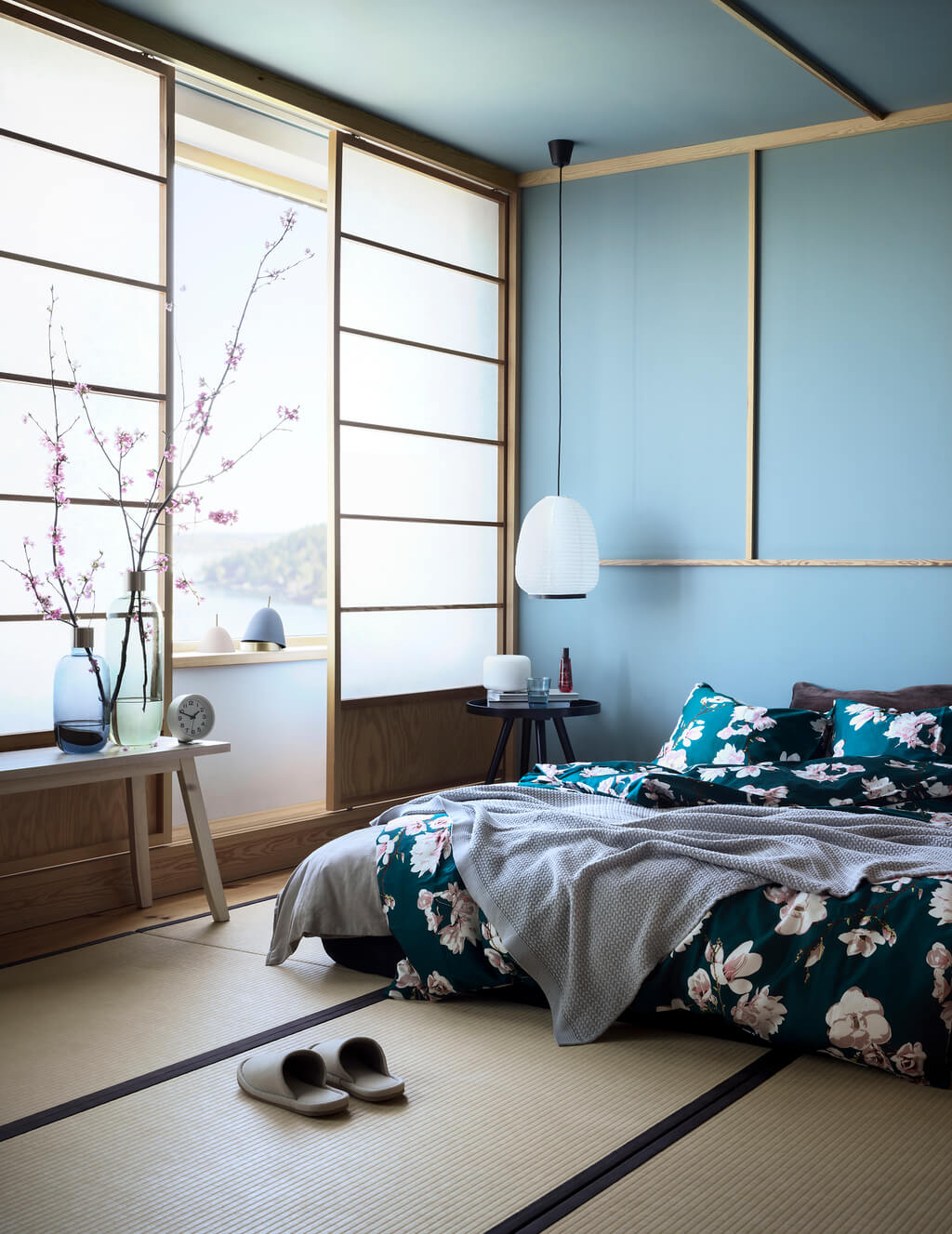




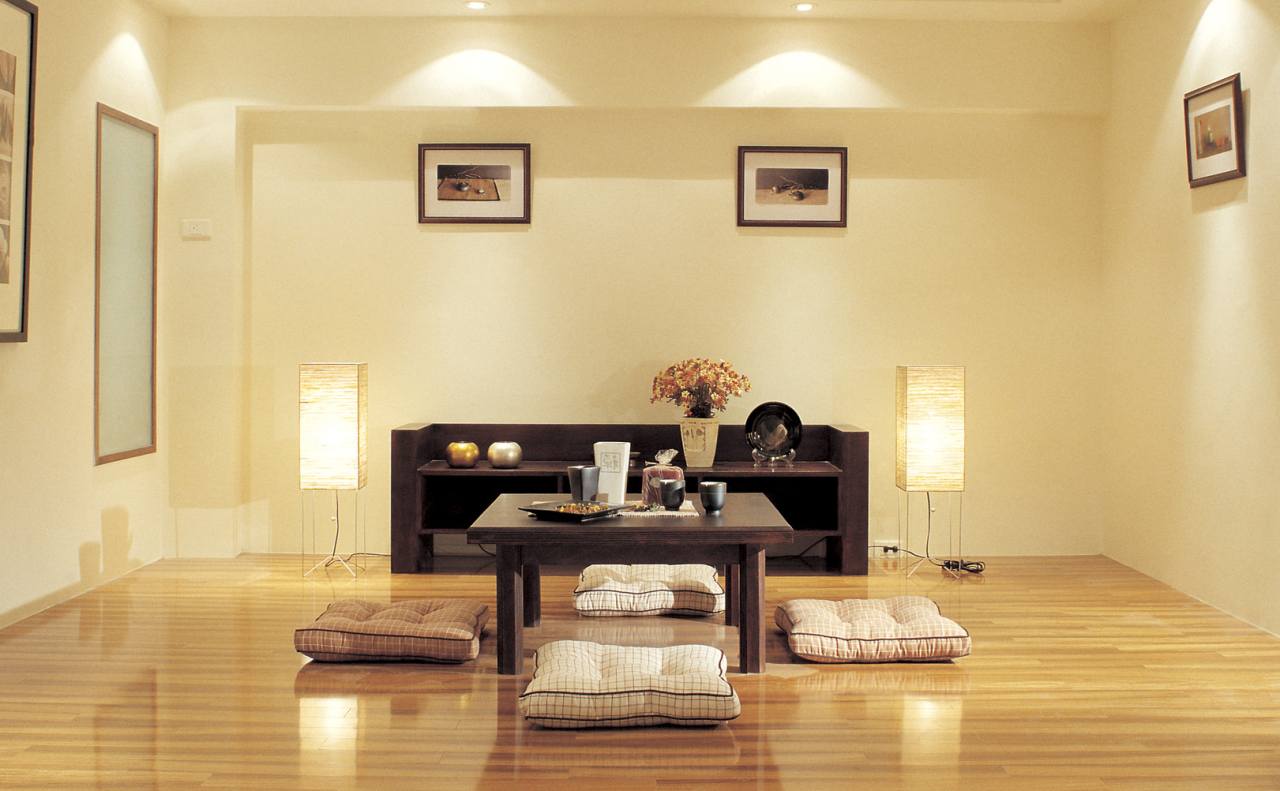

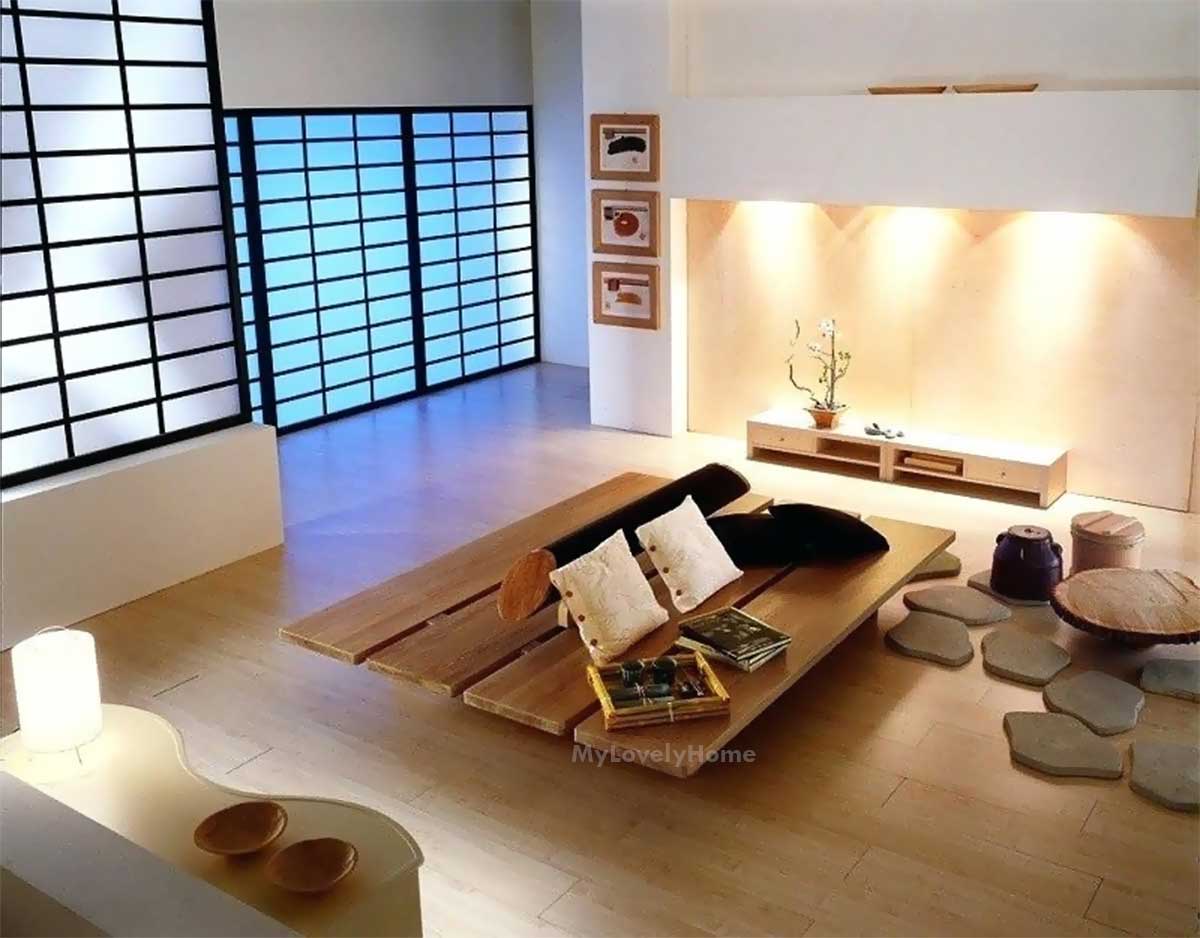
.jpg)


